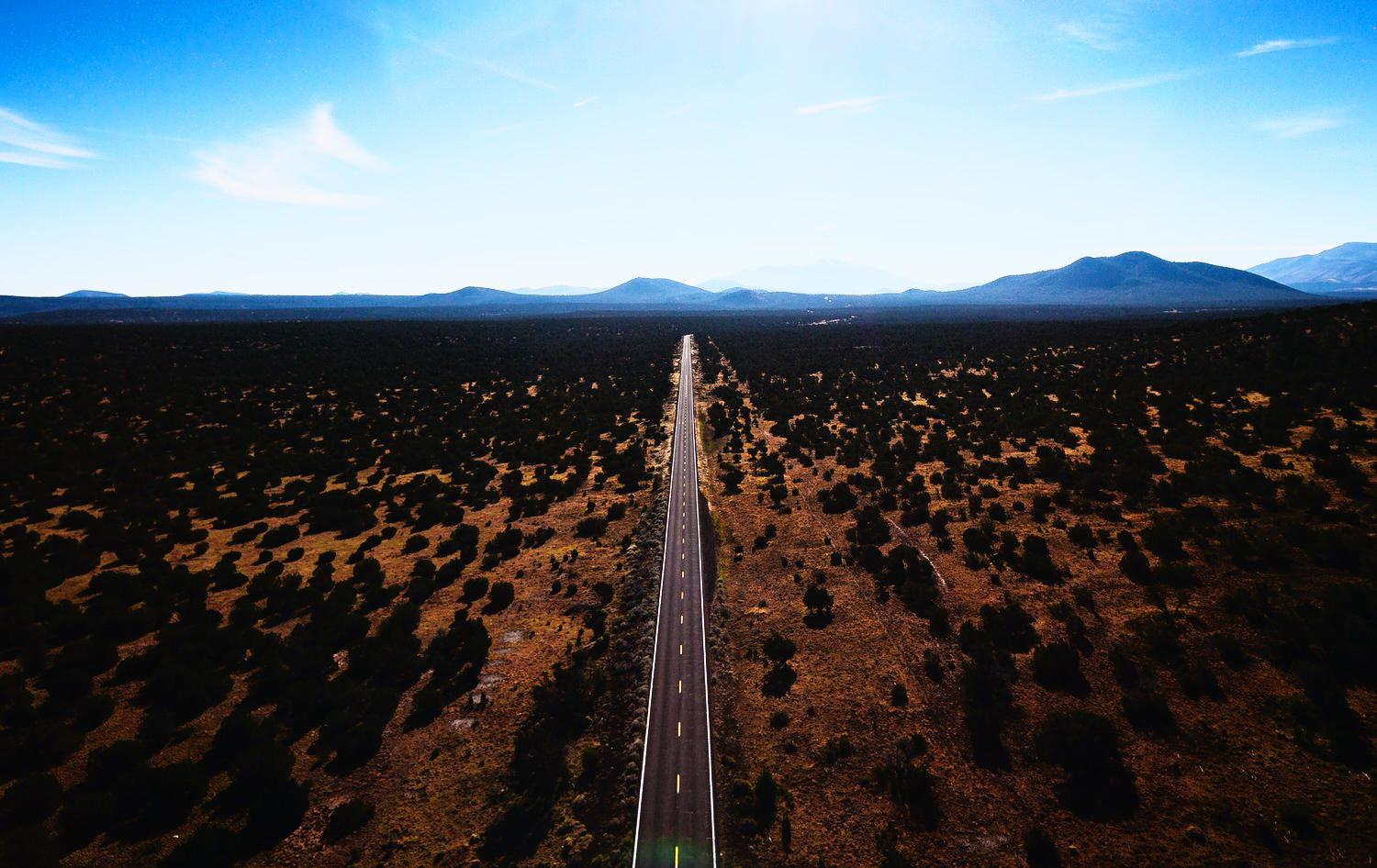by Liz Ann Sonders, Brad Sorensen, and Jeffrey Kleintop, Charles Schwab and Company, Inc.
Key Points
- The conditions for a continuation of the long-running equity bull market appear to be intact. The recent digestion of gains since the election is a healthy process as it forestalls a potentially dangerous "melt-up" scenario, at least for now.
- Economic data and corporate earnings growth are conspiring with a boost in consumer and business confidence to ignite "animal spirits." Add in a Federal Reserve that is slowly normalizing monetary policy, but still remains accommodative, and we see a good mix for further equity gains.
- Manufacturing has rebounded around the globe, and could continue on a positive trajectory in the first half of 2017.
A bullish mix
The Trump rally. We’ve all heard that phrase to describe the sharp gains in equities seen in the immediate aftermath of the November U.S. election. But we believe that undersells what is really going on and lends itself to thinking this rally is more of a temporary phenomenon, which we believe is incorrect. What we believe the election did, as a result of a Republican sweep of Congress combined with the Trump win, was to ignite optimism among consumers, businesses and investors. The incoming administration is pro-business and pro-growth whose plans include much-needed regulatory and tax reform, along with infrastructure spending. But the post-election rally also probably had roots pre-election, as economic data began to improve in mid-October; and corporate earnings growth moved back into positive territory in the third quarter.
We believe this mix sets up a solid foundation for the time being for further gains in U.S. stocks. The recent churning in U.S. equities should be viewed as a healthy digestion of the gains seen since the election. The consolidation of gains is helping to correct investor sentiment, which had gotten a bit frothy according the Ned Davis Research Daily Sentiment Trading Composite. It also keeps a melt-up scenario at bay for now—for while melt-ups feel good while they’re underway, they typically end badly. We will continue to watch sentiment as excessive optimism represents a threat and could lead to pullbacks; but for now we view pullbacks as buying opportunities for those investors that may need to add to equity exposure.
Inflection points
While the U.S. economy was growing throughout last year, it experienced an uptick in the rate of growth in the second half of the year. Corporate earnings—after a four-quarter earnings recession—rebounded back into the black with a 3.1% year/year increase in the third quarter of 2016 according to FactSet. Fourth quarter earnings are expected to notch an additional 3.8% year/year gain, while the consensus is now expecting nearly 13% growth for calendar year 2017. Earnings growth drives sustainable gains in stocks, so the recent improvement bodes well for forward-looking valuations and the sustainability of the bull market.
Better earnings are directly tied to a better economy broadly; and higher oil prices specifically. The oil rig count is on the rise; railcar loadings are stronger; and both the Baltic Dry Index and the GSCI Index, which is a commodities index, have moved higher … all indicating improving economic growth.
A plethora of better economic indicators
Source: FactSet, Baker Hughes, Inc. As of Jan. 9, 2017.
Source: FactSet, Baltic Exchange, Standard & Poor's. As of Jan. 9, 2017.
Numerous surveys have also turned higher as both the Institute for Supply Management’s (ISM) Manufacturing and Non-Manufacturing Indexes remain well into expansion territory. Even more encouragingly, the leading new orders components of both indexes posted solid gains in December, moving to 62.0 and 61.6 respectively (50 is the dividing line between expansion and contraction). Another sign of improving business confidence, which may result in greater business spending, is the National Federation of Independent Business (NFIB) small business index. It staged a remarkable jump to 105.8 in December, the highest reading since 2004, and the largest monthly increase since 1980. The job market also continues to look healthy, as 156,000 jobs were added in December and the unemployment rate ticked slightly higher but remains at a low 4.7%. Perhaps more importantly at this stage of the economic expansion, average hourly earnings rose 2.9% over a year earlier, the fastest pace of growth since 2009. And this positivity is filtering through to consumer confidence-- the Conference Board’s measure moved to the highest level since 2001.
Consumer confidence rising
Source: FactSet, Conference Board. As of Jan. 9, 2017.
Of course there are always risks on the horizon, which can be helpful in keeping sentiment in check, and this time is no different. A stronger dollar could dent the export market and cause a tightening of financial conditions. However, the latest strength reflects stronger U.S. economic growth in absolute (not just relative) terms, which should help to dampen the negative impact potential. Another risk is that growth accelerates too rapidly, resulting in inflation concerns and tighter-than-expected monetary policy. We’re already seeing higher mortgage rates and oil prices, so additional strength bears watching.
Potential bull derailers?
Source: FactSet, Federal Home Loan Mortgage Corp. As of Jan. 9, 2017.
Source: FactSet, Dow Jones & Co. As of Jan. 9, 2017.
Buy the rumor, sell the news?
Another risk is that some of the expectations of the Trump administration and the Republican Congress will not be met in a time frame being discounted by markets. Politics is messy and the founders wanted it to be difficult for wholesale changes to be made to policy, so getting things done quickly in Washington is not an easy task. But while there will be some disappointments, we believe there will be substantial enough actions which will support stocks, including regulatory relief and tax reform.
Finally, the Federal Open Market Committee (FOMC) indicated in its most recent minutes release from its December meeting that they are a little nervous about the Trump administration and what his stimulus plans may do to inflation expectations. Inflation currently remains fairly low and supportive of valuations and earnings, but a sustainable rise could lead the Fed to have to raise rates more aggressively than what’s currently expected.
What comes after "V"?
Inflection points weren’t just seen in the United States. The manufacturing sector of the global economy experienced a V-shaped recovery in 2016. After sliding for two and a half years, the global manufacturing purchasing managers index (PMI) bottomed in the first half of 2016, and rebounded to end the year at the highest level in 34 months. With the recovery complete, what’s next for global manufacturing?
V-shaped recovery in global manufacturing
Source: Charles Schwab, Bloomberg data as of 1/11/2017.
Of course, W follows V in the alphabet and another down leg for manufacturing could be ahead—turning the V-shaped recovery into what could be the start of a W-shaped volatile pattern of activity. The current momentum should carry over into the first quarter of 2017, based on the strength in the leading components of the index. In fact, 85% of countries reported faster growth in new orders than in inventories, suggesting the solid pace of manufacturing is likely to continue in the months ahead.
Globally, currency moves are a zero sum game when it comes to manufacturing exports. But, on a regional basis, global exports appear to be stimulated by weaker currencies. Notably, the Eurozone manufacturing PMI rose to a 68-month high in December as the euro slid to $1.04, as you can see in the chart below, the weakest level versus the dollar since 2002. The ongoing decline may support further momentum to manufacturing in Europe.
Euro slide
Source: Charles Schwab, Bloomberg data as of 1/11/2017.
Focusing on manufacturing matters to investors since corporate profits tend to track the manufacturing PMI; and the outlook for profits tends to drive the global stock markets, much as they do in the United States as mentioned above. Specifically, the new orders component of the PMI tends to lead the profit growth of companies in the MSCI World Index by about nine months, as you can see in the chart below. This suggests an upturn in profits may soon be underway and that it could persist throughout 2017.
Leading higher: global manufacturing and earnings per share growth for global companies
Source: Charles Schwab, Bloomberg data as of 1/11/2017.
The turnaround in manufacturing isn’t new news, but investors may not have fully priced in the improvement that may carry in the first quarter and help lift profits in the coming year. However, among the risks to the outlook for global manufacturing and profits is a slowdown in China and the potential for protectionist policies to impact trade (we highlight four risks for 2017 here: The CURE for a calm market: Four risks for 2017). The potential for a change in direction could undermine the brightening outlook for profit growth in 2017. We will be watching these developments closely.
So what?
U.S. stocks have been consolidating gains seen in the aftermath of the November presidential election, a healthy process following such strong gains. Further appreciation should be supported by improving U.S. and global economic and earnings growth. Disappointments are likely on the U.S. policy front but we would view those as buying opportunities for now.
Important Disclosures
International investments are subject to additional risks such as currency fluctuations, political instability and the potential for illiquid markets. Investing in emerging markets can accentuate these risks.
The information provided here is for general informational purposes only and should not be considered an individualized recommendation or personalized investment advice. The investment strategies mentioned here may not be suitable for everyone. Each investor needs to review an investment strategy for his or her own particular situation before making any investment decision.
All expressions of opinion are subject to change without notice in reaction to shifting market, economic or political conditions. Data contained herein from third party providers is obtained from what are considered reliable sources. However, its accuracy, completeness or reliability cannot be guaranteed.
Past performance is no guarantee of future results. Forecasts contained herein are for illustrative purposes only, may be based upon proprietary research and are developed through analysis of historical public data.
The Baltic Dry Index is shipping and trade index created by the London-based Baltic Exchange that measures changes in the cost to transport raw materials such as metals, grains and fossil fuels by sea.
The S&P GSCI (formerly the Goldman Sachs Commodity Index) serves as a benchmark for investment in the commodity markets and as a measure of commodity performance over time.
The Institute for Supply Management (ISM) Manufacturing Index is an index based on surveys of more than 300 manufacturing firms by the Institute of Supply Management. The ISM Manufacturing Index monitors employment, production inventories, new orders and supplier deliveries.
The Institute for Supply Management (ISM) Non-manufacturing Index is an index based on surveys of more than 400 non-manufacturing firms by the Institute of Supply Management. The ISM Non-manufacturing Index monitors employment, production inventories, new orders and supplier deliveries.
The National Federation of Independent Business (NFIB) small business optimism index is compiled from a survey that is conducted each month by the National Federation of Independent Business (NFIB) of its members.
The Consumer Confidence Index is a survey by the Conference Board that measures how optimistic or pessimistic consumers are with respect to the economy in the near future.
The Global Manufacturing Purchasing Managers Index is an indicator of the economic health of the manufacturing sector. It is based on based on the results of surveys covering over 10,000 purchasing executives in 32 countries. Together these countries account for an estimated 89% of global manufacturing output. The PMI index is based on five major indicators: new orders, inventory levels, production, supplier deliveries and the employment environment.
The Eurozone Manufacturing PMI is produced by Markit and is based on original survey data collected from a representative panel of around 3000 manufacturing firms. National data are included for Germany, France, Italy, Spain, Austria, the Netherlands, Greece and the Republic of Ireland. These countries account for an estimated 89% of Eurozone manufacturing activity.
The MSCI World Index is a stock market index of 1,642[1] 'world' stocks. It is maintained by MSCI Inc., formerly Morgan Stanley Capital International, and is used as a common benchmark for 'world' or 'global' stock funds. The index includes a collection of stocks of all the developed markets in the world, as defined by MSCI. The index includes securities from 23 countries.
The Schwab Center for Financial Research is a division of Charles Schwab & Co., Inc.
(0117-T8SO)
Copyright © Charles Schwab and Company, Inc.














